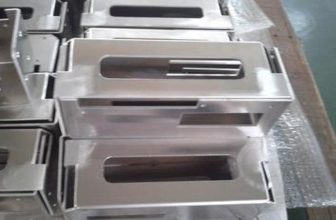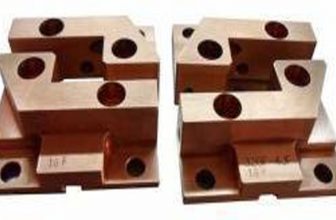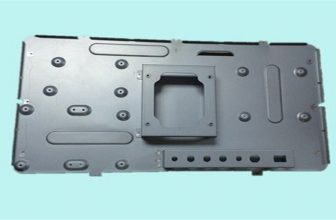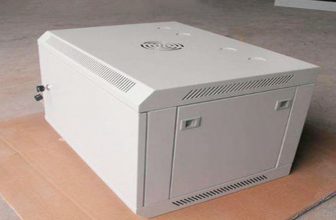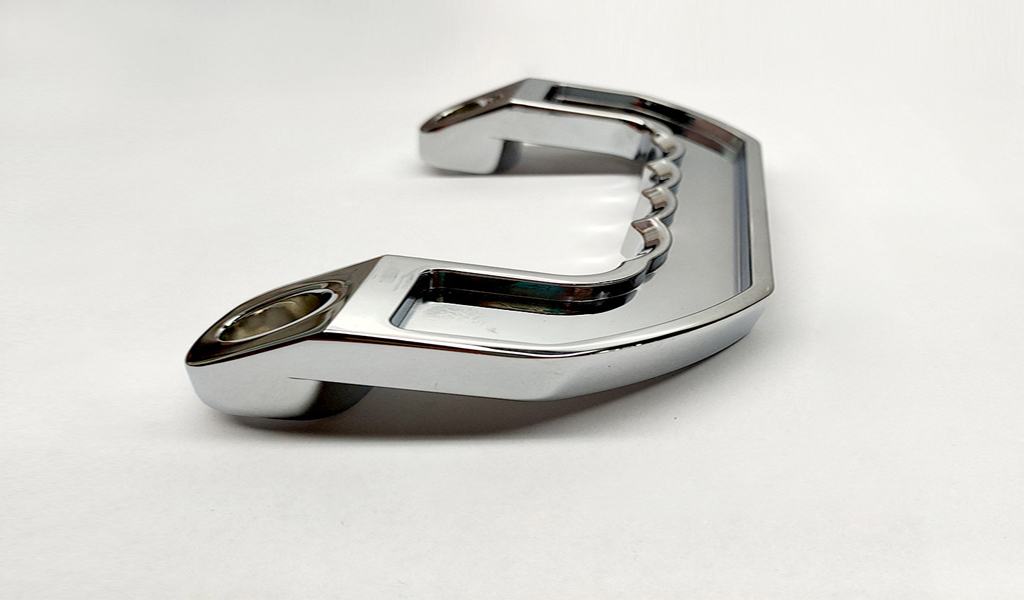
The main purpose of hardness testing of automotive stamping materials is to determine whether the annealing degree of the purchased metal sheet is suitable for the subsequent stamping fabrication. Different types of stamping fabrication techniques require sheets with different hardness levels. The aluminum alloy plate used for stamping parts can be tested with a Webster hardness tester. When the thickness of the material is greater than 13mm, a Barcol hardness tester can be used instead. Stamping and forging are both plastic fabrication (or pressure fabrication), collectively called forging. The stamped blanks are mainly hot-rolled and cold-rolled steel sheets and strips. How to inspect stamping parts? The inspection of stamping parts is basically the same as other products. First, there must be an inspection standard, which can be used as a reference for parts inspection. The inspection standards for stamping parts include:
1. Touch inspection
Wipe the surface of the outer cover clean with a clean gauze. The inspector needs to wear touch gloves and touch the surface of the stamping part along the longitudinal direction of the stamping part. This inspection method depends on the experience of the inspector. The detected suspicious area can be polished and verified with a whetstone if necessary, but this method is a good quick inspection method.
2. Whetstone grinding
- (1) Wipe the surface of the outer cover with a clean gauze first, then use a whetstone (20×20×100mm or larger) for polishing, and use a relatively small whetstone for the places with arcs and hard-to-reach places ( For example: 8×100mm semi-circular whetstone)
- (2) The choice of whetstone particle size depends on the surface condition (such as roughness, galvanizing, etc.). Fine-grained Whetstone is recommended. The direction of whetstone grinding is basically carried out in the longitudinal direction, and it fits the surface of the stamping part well, and some special places can also supplement the horizontal grinding.
3. Grinding of flexible gauze
Wipe the surface of the outer cover clean with a clean gauze. Use a flexible sand mesh to stick to the surface of the stamping part and grind it to the entire surface in the longitudinal direction, and any pitting and indentation will be easily found.
4. Oil inspection
Wipe the surface of the outer cover clean with a clean gauze. Then use a clean brush to apply oil evenly to the entire outer surface of the stamping in the same direction. Put the oiled stamping parts under strong light for inspection. It is recommended to erect the stamping parts on the body position. With this method, tiny pits, slumps, and ripples on stamping parts can be easily found.
5. Visual inspection
Visual inspection is mainly used to find abnormal appearance and macroscopic defects of stamping parts.
6. Inspection tool
Put the stamping parts into the inspection tool, and test the stamping parts according to the operation requirements of the inspection tool manual.
The hardness test of metal stamping parts adopts Rockwell hardness tester. Small, complex-shaped stampings can be used to test small planes that cannot be tested on ordinary benchtop Rockwell hardness testers. The fabrication of stamping parts includes blanking, bending, deep drawing, forming, CNC machining and finishing. The materials for stamping parts are mainly hot-rolled or cold-rolled (mainly cold-rolled) metal sheet and strip materials, such as carbon steel sheets, alloy steel sheets, spring steel sheets, galvanized sheets, tin-plated sheets, stainless steel sheets, copper and copper alloys Plate, aluminum and aluminum alloy plate, etc.
Portable surface Rockwell hardness testers are suitable for testing the hardness of these stampings. Alloy stamping parts are commonly used parts in the fields of metal fabrication and machinery manufacturing. Stamping fabrication is a fabrication method that uses a mold to separate or form a metal sheet. Its application range is wide.
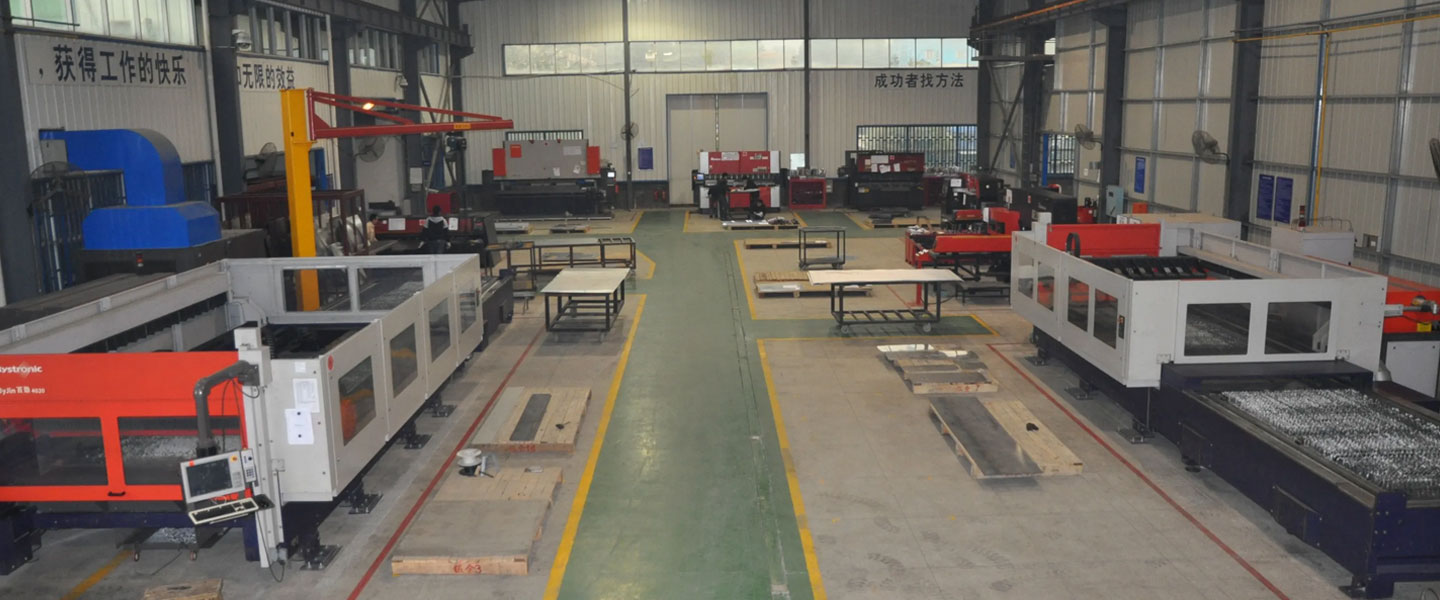
Pintejin Sheet Metal shop offers a cost-effective solution for a wide range of industries with our custom metal stamping and custom sheet metal fabrication capabilities. Our stampnig operations include a variety of sheet-metal forming manufacturing processes, such as punching, blanking, embossing, bending, flanging, and coining. Our professional, experienced and well-trained engineers can execute the complex metal stamping operations with precision and accuracy.
No matter what your metal fabrication needs are, Pintejin can offer the right solution: from single sheet metal part or sub-assembly of stamped metal parts to turnkey solutions for mechanical and electrical assemblies. We have the technology, equipment and the experience to fabricate customised metal products from aluminium sheet metal fabrication, steel, zinc plated steel, stainless steel sheet metal fabrication, brass and copper. Designs that require CNC machining of surfaces or components can be accommodated. We can supply polished, galvanized, zinc coated or powder coated finishes for any sheet metal work or stamped metal components. Coupled with our accurate and reliable metal fabricating equipment, we guarantee precision and repeatability in custom sheet metal work. You’ll be taking advantage of the best sheet metal fabrication china can produce.



